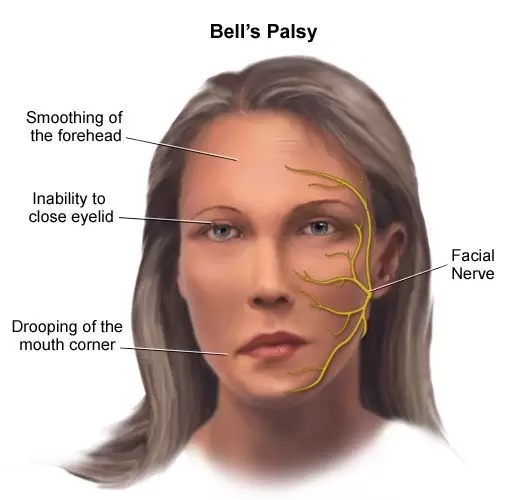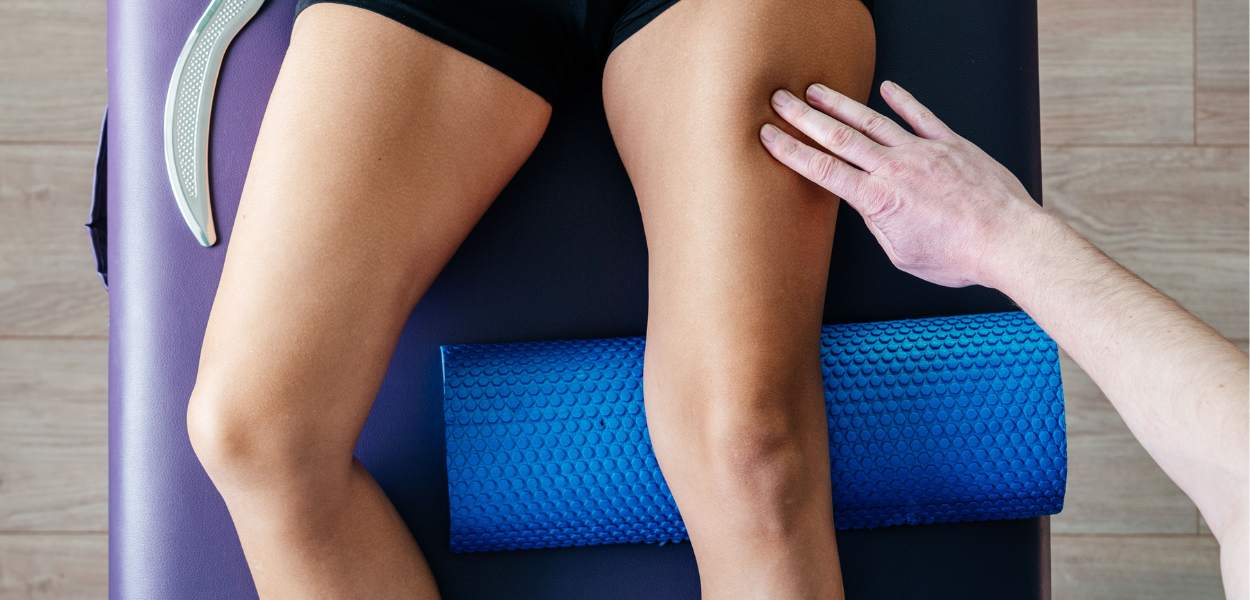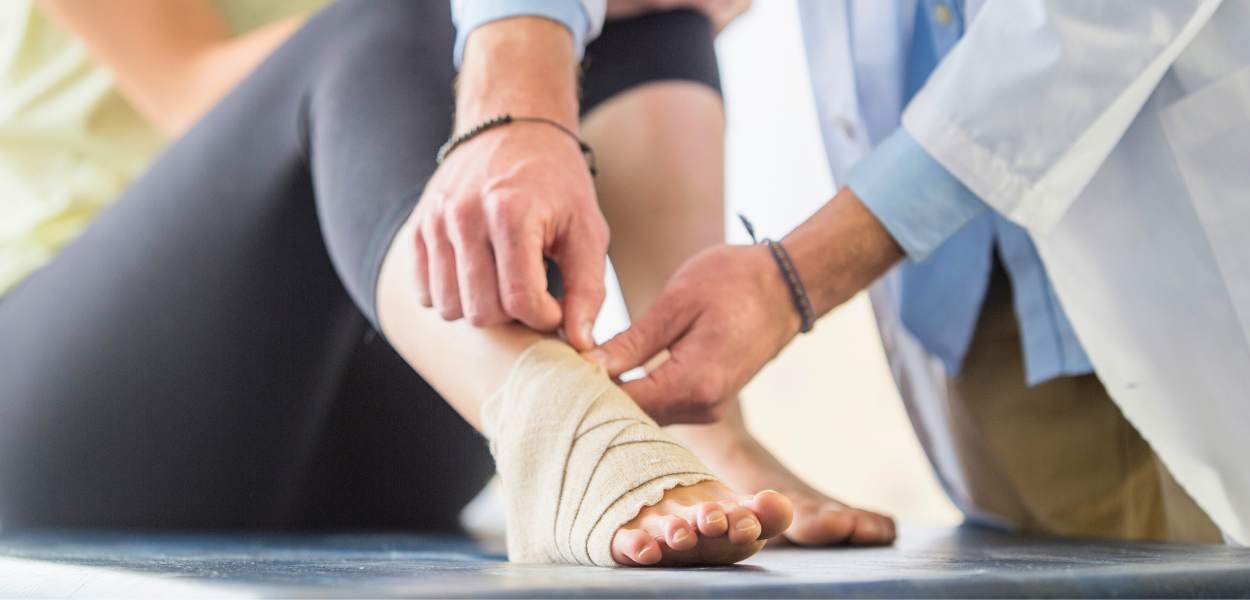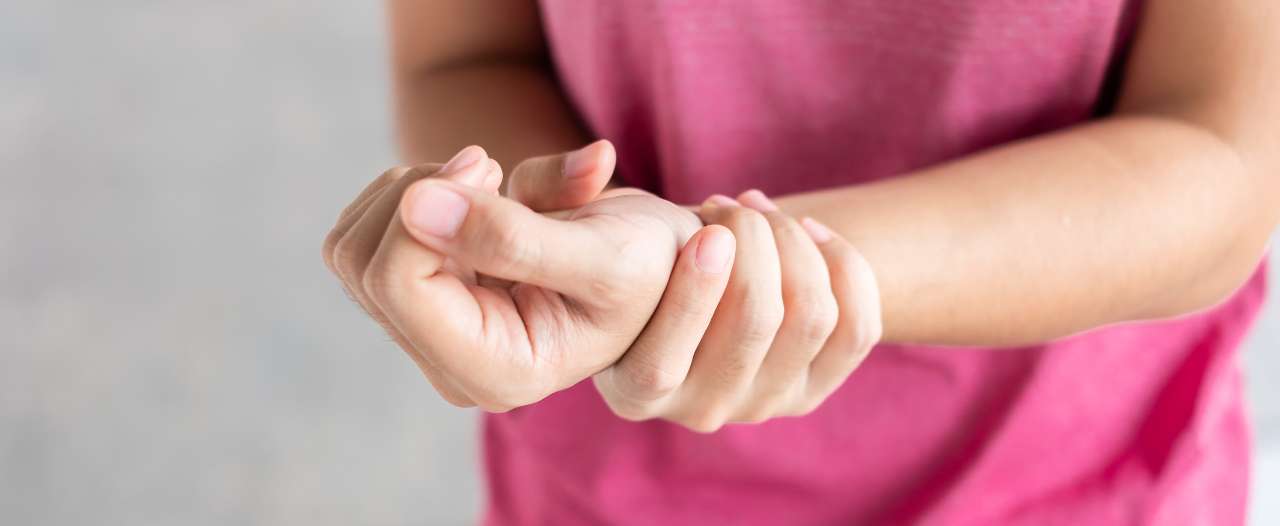De Quervain's Tenosynovitis
Mummy’s wrist pain, which medical name is called De Quervain’s tenosynovitis, is a very painful condition.
It is a condition in which the tendon of the thumb and the wrist, becomes inflammed. This makes it difficult for the tendons to slide through the tunnel, which is made of a sheath, and thus causes pain everytime the thumb and the wrist move in a certain direction.
Symptoms of De Quervain's Syndrome
Pain and tenderness over thumb and wrist
Pain and difficulty when grasping, holding, pinching, turning, opening jars
Decreased in range of the wrist and thumb
Decreased in strength of the wrist and thumb
Wrist pain when sleeping
Causes
De Quervain's Tenosynovitis can occur due to a variety of factors, including:
Repetitive wrist or thumb movements, such as grasping, lifting, holding, cutting hair, texting, gardening and even playing tennis, can cause this condition.
Women, specially new moms, are 8 to 10 times more likely to develop it compared to men.
One of the reasons is due to the repetitive lifting or holding of the baby. As the baby grows heavier, the mom has to endure more weight while lifting and holding, thus worsening the condition.
Treatment
It’s important to seek medical treatment at the early stage of the condition in order to decrease inflammation before scars on the tendon is created.
The sooner you see the physiotherapist, the sooner you can heal.
If the condition is at a chronic stage, scars might have developed along the tendon and surrounding tissues. This would make the condition much more difficult to heal.
Physiotherapy treatment would include:
Ultrasound to decrease inflammation
Mobilization of the thumb and wrist joint to improve range of motion
Deep tissue release of the forearm muscles
Stretching of the forearm muscles
Using the Biotransducer and the Biomodulator to decrease inflammation
Acupuncture to the forearm and the wrist in order to release tension, improve blood flow and decrease pain
Physiotherapy can play a crucial role in managing the painful symptoms of De Quervain’s Tenosynovitis and help clients return to full mobility.
The goals of physiotherapy treatments are to:
Relieve pain and inflammation
Improve range of motion in the wrist and thumb
Strengthen the muscles surrounding the wrist and thumb
Provide advice and education on managing the condition outside of our clinic
For those who are not keen on acupuncture, electro acupuncture pens (no needles) can be used instead
Shockwave to break up scars tissue
Strengthening of the forearm muscles
Long-term goal
Our long term treatment plan is to strengthen the wrist to a level that even if you have to do repetitive wrist movements, it would not cause any discomfort.
Need Help?
If you have been experiencing symptoms of De Quervain's Syndrome. or any pain in the hand or wrist pain for some time, consult your physiotherapist for a differential diagnosis. If left untreated, the symptoms can worsen and may actually lead to damage. In these serious cases, surgery may be the only treatment option.
Our experienced physiotherapists can provide personalised care to help you manage your symptoms and improve your thumb and wrist function.
Contact our clinics today to book your appointment or for more information.
Wellington Street Clinic:
Tel: (852) 2530 0073
WhatsApp: (852) 5542 0407
World-Wide House Clinic:
Tel: (852) 2530 3022
WhatsApp: (852) 5422 3760
You may also book your appointment online through the link below:
Latest Physio Tips & Articles

Effective Physiotherapy Treatment for Postpartum Wrist Pain – Case Study
Effective Physiotherapy Treatment for Postpartum Wrist Pain – Case Study A 31-year-old woman who recently gave birth sought physiotherapy treatment…

Bell’s Palsy Case Study: A 55-Year-Old Female
Bell’s Palsy Case Study: A 55-Year-Old Female A 55-year-old female sought medical attention for Bell’s palsy, a condition characterized by…

Myofascial Release Therapy
Myofascial Release Therapy If you've been experiencing soreness lately, you may have come across the term “myofascial release.” This technique…

Treating Minor Sports Injuries
Treating Minor Sports Injuries The Peace and Love Principle Say goodbye to RICE! PEACE and LOVE are the new kids…

